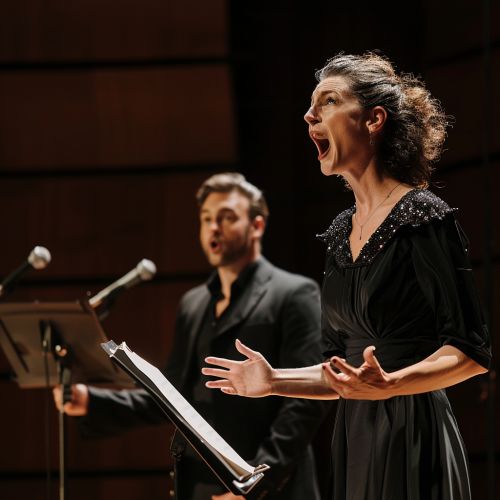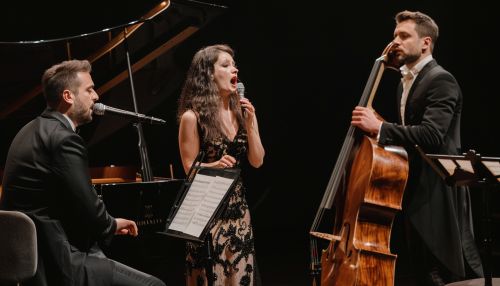Countertenor
Overview
A countertenor is a type of classical male singing voice whose vocal range is equivalent to that of the female contralto or mezzo-soprano voice types. This voice type is recognized as the highest male voice, falsetto excluded, within the modal register. The term emerged in the late 17th century, although the use of high male voices in music can be traced back to the medieval period.


History
The use of countertenor voices in music predates the term itself, with evidence of high male voices used in liturgical and secular music from the medieval period onwards. During the Renaissance, the countertenor voice was often used in polyphonic music, particularly in the upper parts of vocal compositions.
In the Baroque period, the countertenor voice was highly prized in the operatic tradition, with many roles written specifically for this voice type. However, the popularity of the countertenor voice waned in the Classical and Romantic periods, with a preference for lower male voices.
The 20th century saw a revival of interest in the countertenor voice, particularly in the performance of early music and Baroque opera. Today, countertenors are a common feature of professional choirs and are increasingly seen on the operatic stage.
Vocal Technique
The countertenor voice is produced using the falsetto register, which allows the singer to reach notes typically outside the range of the male voice. This is achieved by using the edges of the vocal cords, rather than the full body of the vocal cords as in the modal voice. This results in a lighter, more airy sound, which can be manipulated to produce a wide range of tonal colors.
Countertenors often train in the same way as other classical singers, learning techniques for breath control, resonance, and articulation. However, they also require specialized training to develop their falsetto register and to blend it seamlessly with their modal voice.
Repertoire
The repertoire for countertenors is vast and varied, spanning from the medieval period to contemporary works. In the Baroque period, many operatic roles were written for countertenors, particularly in the operas of Handel and Purcell. In the modern era, composers such as Benjamin Britten and Philip Glass have written roles specifically for countertenors.
In addition to opera, countertenors are often featured in choral music, both as soloists and as part of the ensemble. They are also increasingly seen in popular music genres, such as jazz and pop.
Notable Countertenors
There have been many notable countertenors throughout history, from the castrati of the Baroque period to the modern performers of today. Some of the most influential include Alfred Deller, who is often credited with reviving interest in the countertenor voice in the 20th century, and James Bowman, who has had a prolific career in opera and concert performance.
Contemporary countertenors, such as David Daniels and Andreas Scholl, have continued to push the boundaries of the voice type, performing a wide range of repertoire and bringing the countertenor voice to new audiences.
